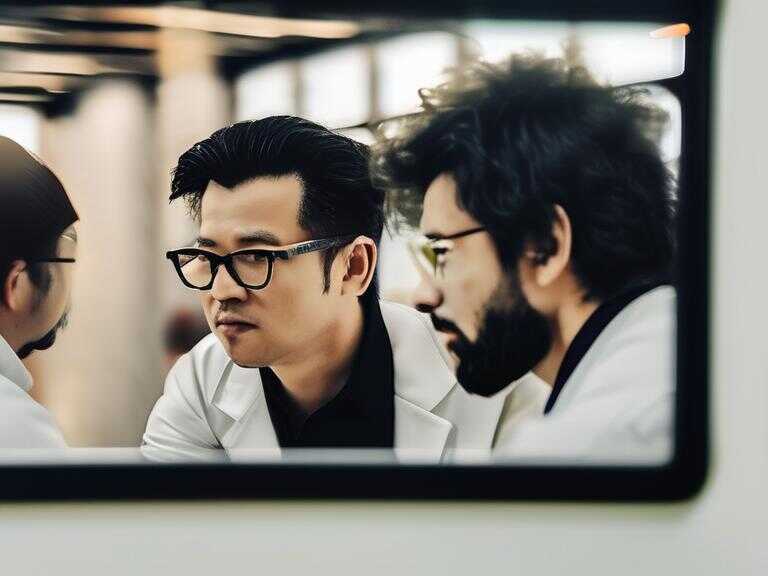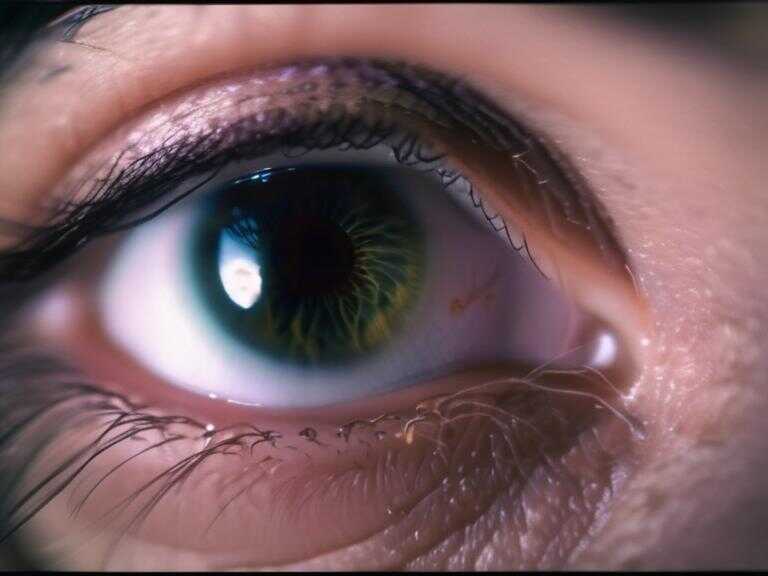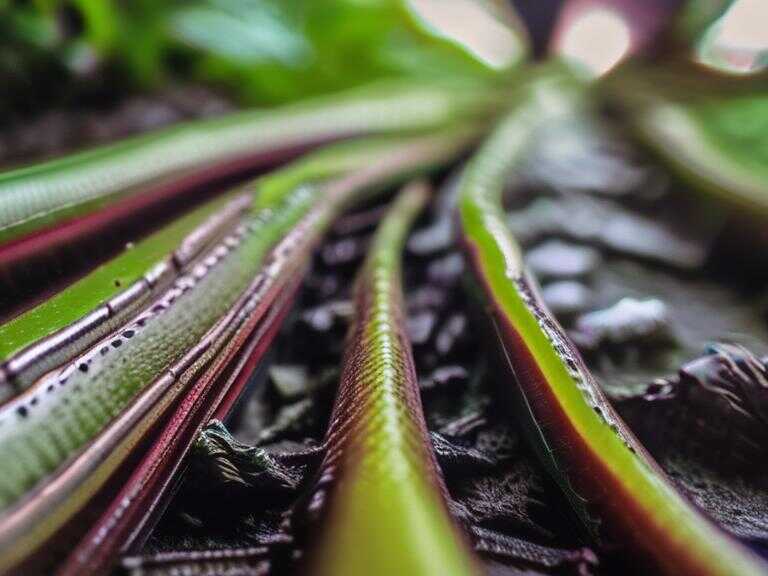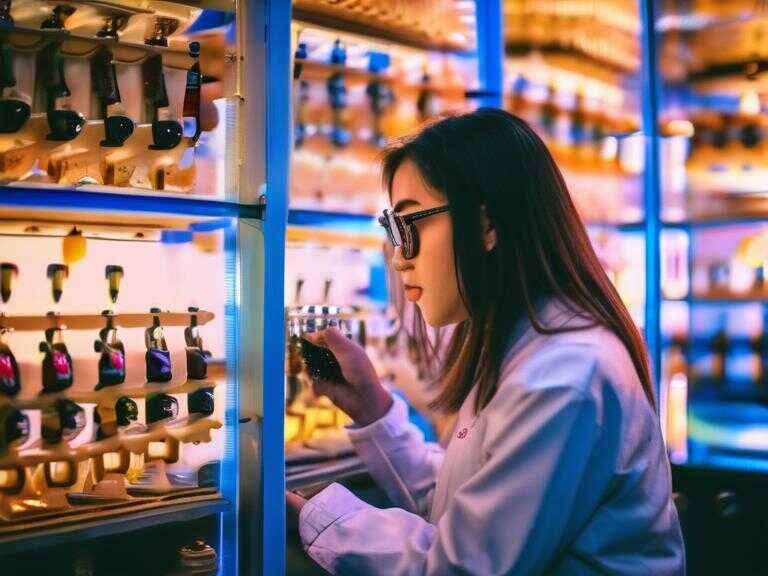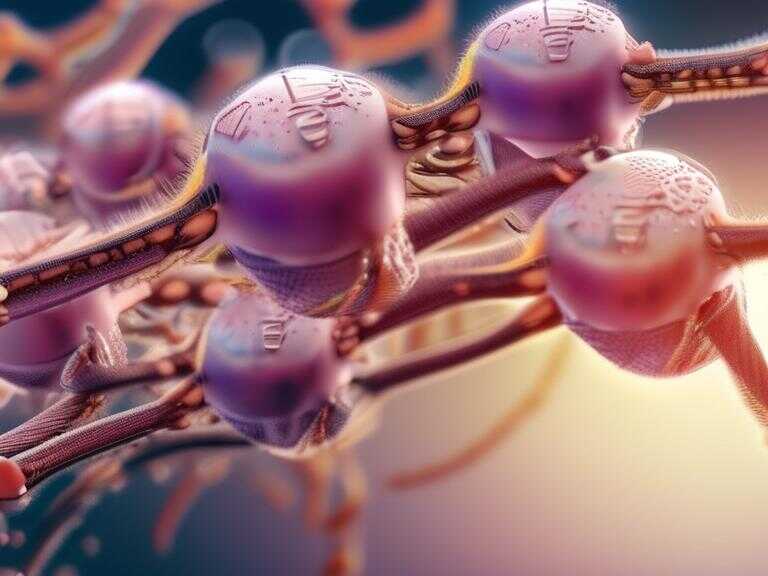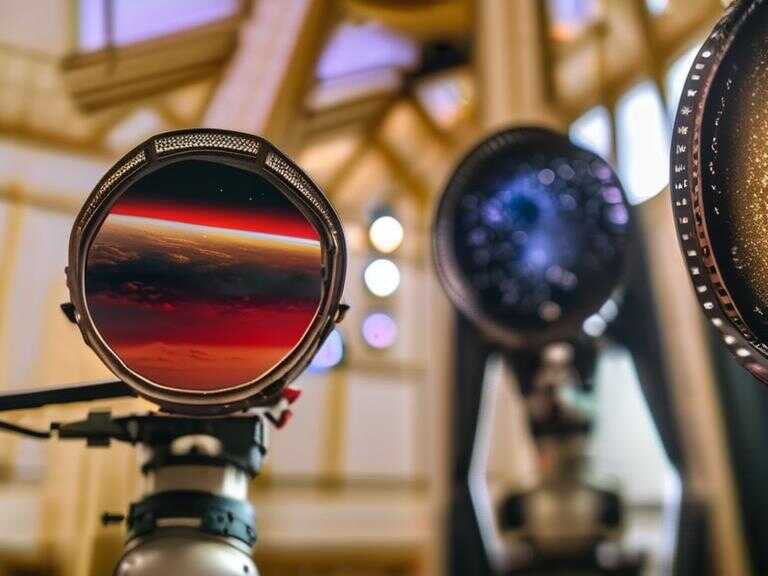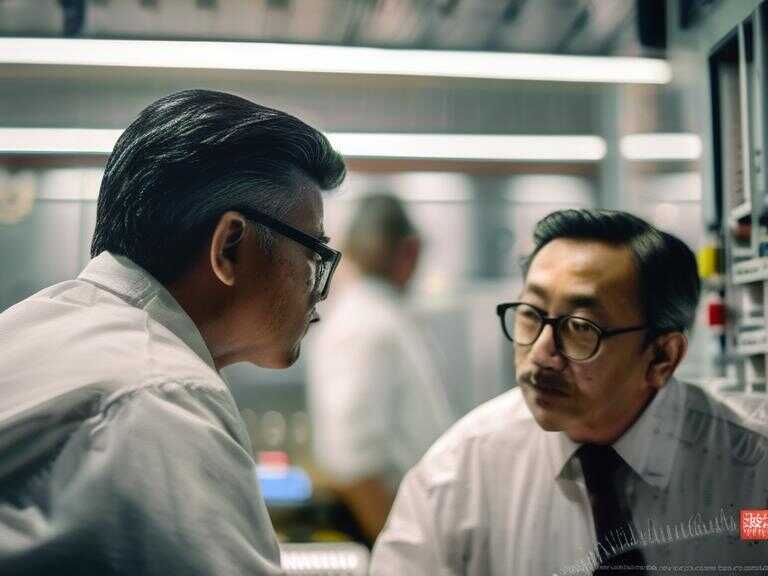
Colorado Teachers Extract DNA From Strawberries at CU Anschutz
Science teachers participated in a training program to learn hands-on lab activities and engage students in biomedical research.

The world of education is constantly evolving, with a growing emphasis on hands-on learning and real-world applications. In recent years, there has been a surge in initiatives aimed at bridging the gap between theoretical knowledge and practical experience, particularly in STEM fields. One such initiative is the BEST (Bioscience Educator Support and Training) Teacher Professional Development program, a two-day intensive training event hosted by the Cancer Research Training and Education Coordination (CRTEC) office at the CU Cancer Center. This program is designed to empower high school science teachers with the tools and knowledge they need to inspire the next generation of medical and cancer researchers.
Igniting a Passion for Science
Held on the University of Colorado Anschutz Medical Campus, the BEST training provides educators with a unique opportunity to engage in cutting-edge scientific research firsthand. The program's curriculum encompasses a range of hands-on experiments and activities, allowing teachers to explore diverse areas of bioscience, from DNA extraction to protein synthesis. By participating in these activities, educators gain valuable insights into the latest advancements in medical research, which they can then share with their students.
Empowering Teachers Through Hands-On Learning
A key objective of the BEST training is to equip teachers with the skills and confidence to implement engaging and interactive science lessons in their classrooms. The program emphasizes Teacher Training by providing educators with practical experience using advanced laboratory equipment and techniques. This hands-on approach not only deepens their understanding of scientific concepts but also fosters a sense of excitement and curiosity among students.
One of the highlights of the BEST training is the opportunity for teachers to design and conduct experiments, such as extracting DNA from strawberries using reagents like vinegar and salt. This activity encourages critical thinking, problem-solving, and collaborative learning among educators. By actively participating in research, teachers are better prepared to guide students through similar investigations, fostering a culture of inquiry and exploration in the classroom.
Bridging the Gap Between Research and Education
The BEST training also serves as a platform for collaboration between researchers and educators. By bringing teachers onto the Anschutz Medical Campus, the program creates opportunities for them to interact with leading scientists, learn about current research projects, and explore potential partnerships. This exchange of knowledge fosters a deeper understanding of the real-world applications of scientific discoveries and inspires educators to integrate cutting-edge research into their teaching.
The impact of the BEST training extends beyond the classroom. By providing teachers with access to advanced lab kits and an online dashboard with resources, the program empowers them to create immersive learning experiences for their students. This not only enhances student engagement but also equips them with the skills and knowledge necessary to pursue careers in STEM fields.
The Future of Science Education
In conclusion, the BEST Teacher Professional Development program plays a vital role in shaping the future of science education. By providing hands-on training, fostering collaboration between researchers and educators, and empowering teachers with cutting-edge resources, the program is instrumental in inspiring the next generation of scientists and medical professionals. As we strive to address complex global challenges, initiatives like BEST are crucial in cultivating a workforce equipped with the knowledge and skills necessary to drive innovation and progress.
The success of programs like BEST lies in their ability to bridge the gap between theoretical knowledge and practical experience. By providing teachers with the tools and resources they need to create engaging and interactive learning environments, we can empower students to explore the wonders of science and unlock their full potential.
Furthermore, initiatives that promote Medical Research and encourage collaboration between academia and industry are essential in fostering a culture of innovation and discovery. By supporting research and development, we can pave the way for groundbreaking advancements that improve human health and well-being.
The BEST training program serves as a model for effective science education, demonstrating the transformative power of hands-on learning and collaborative partnerships. As we move forward, it is imperative to invest in programs that empower educators and inspire students to pursue careers in STEM fields, shaping a brighter future for generations to come.
Share news




